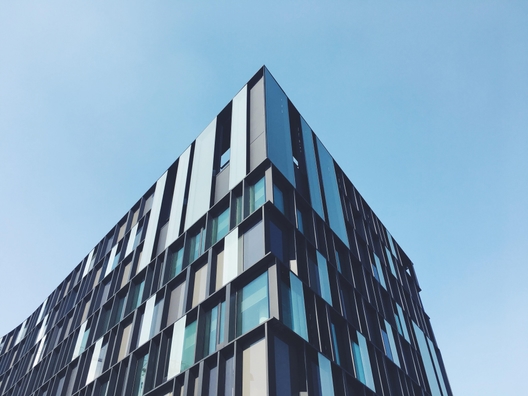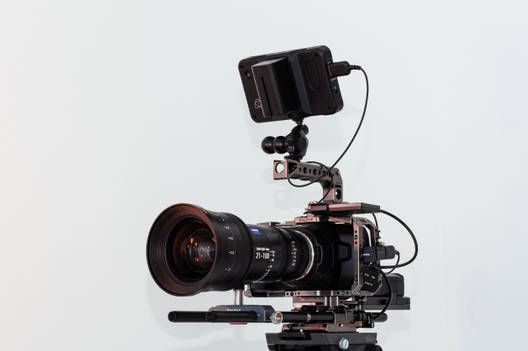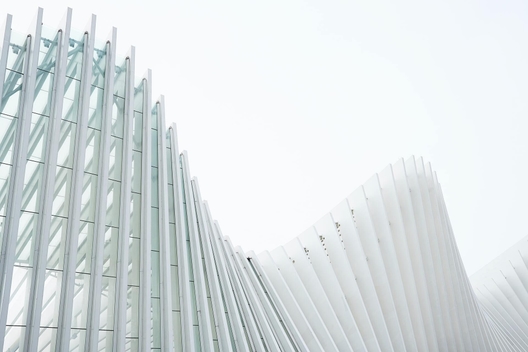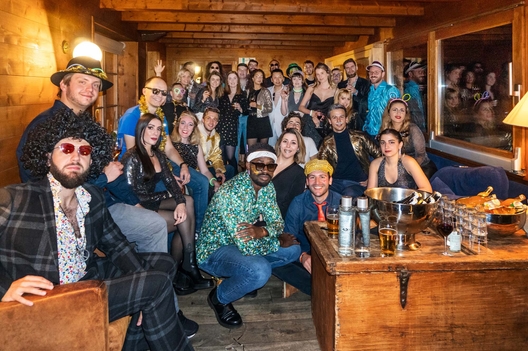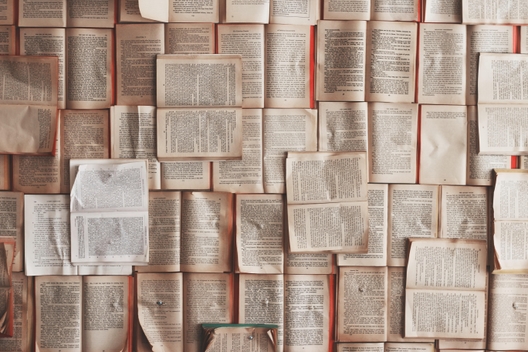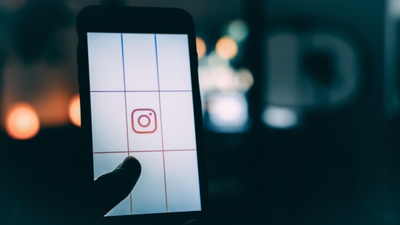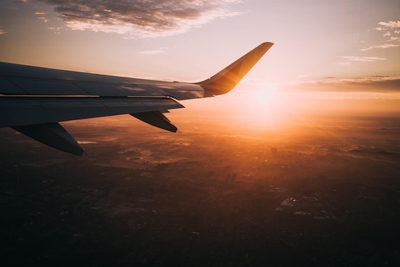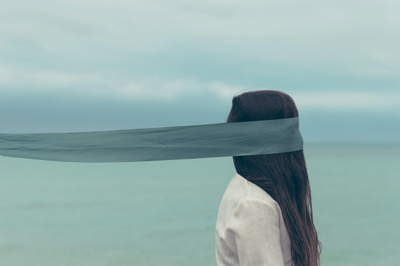Finding Art In Architecture
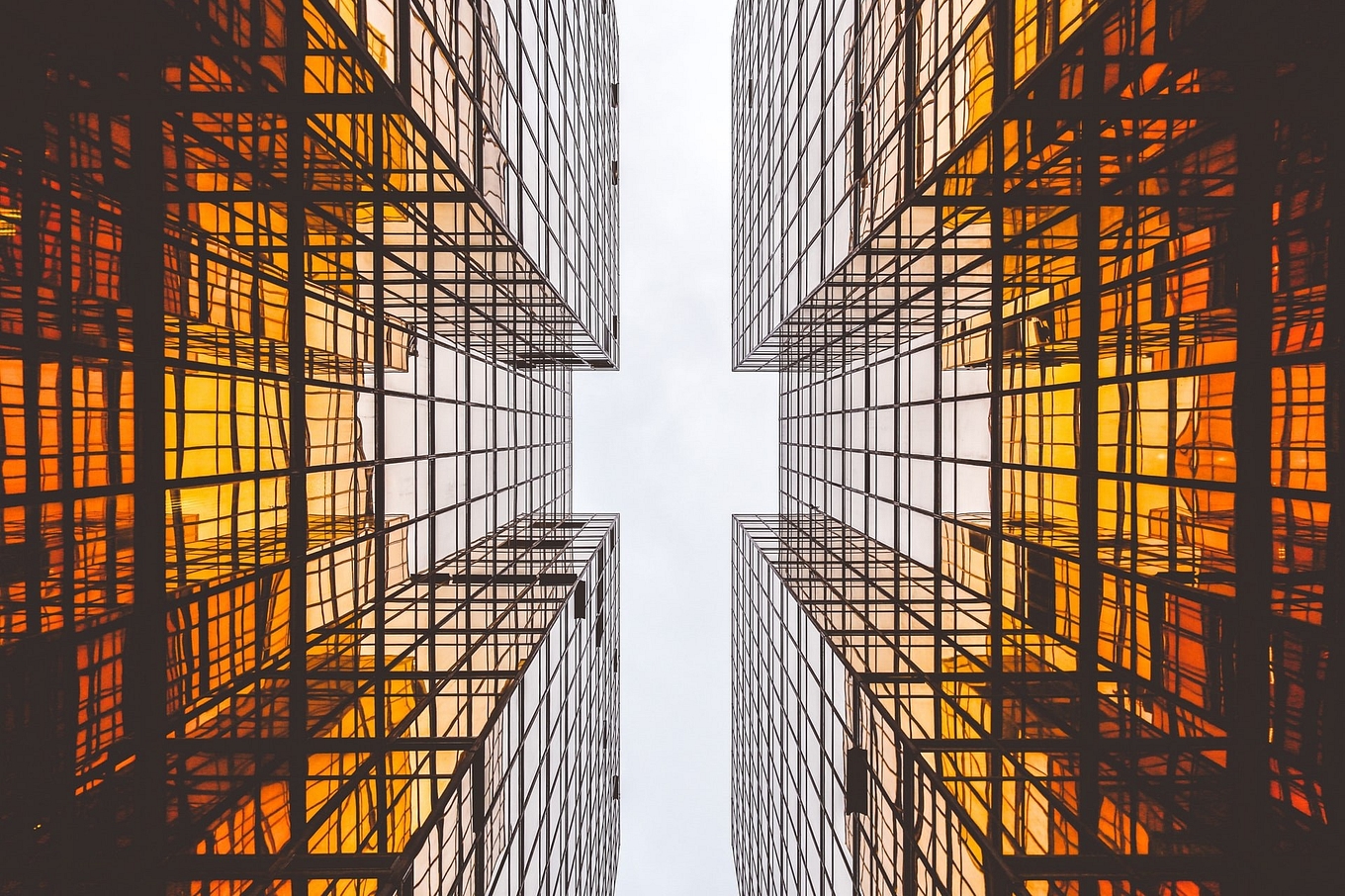
If you speak to any talented architect, they will tell you some buildings are a fine work of art. By opening your mind and searching for beauty, you can see what these brilliant architects see. Here are some factors to consider before you start roaming your town or city for the most iconic buildings to capture.
Light
As with all genres of photography light is your friend. When architecture is well-lit, magic moments happens. While well-lit architecture can create true magic, on the opposite side, poor lighting can ruin an image. Decide which part of the building you want to focus on and find out when the sun will be blessing the area, then go for a morning or late afternoon shoot to start. Mornings can be better if you want fewer people in your photos. The light at sunset can also be incredible with dramatic effects on buildings made from glass, steel and other reflective materials.

Tip
Sometimes walking around a building without your camera helps you see possibilities for amazing captures. See where the shadows fall, look for doors and windows that let in light and observe the difference between sunny and cloudy days. Nighttime photography is a whole new world and while often much more challenging than shooting in the day, it can produce stunning results.
Angles
Get up high or down low to create an illusion of grandness and space when photographing buildings. Go to the top level and look down or even go into a nearby building and shoot from an angle not many others would usually think of. You might notice details most people don't see as they pass through the building every day when you look up. Even get down on the ground to get a unique angle that will be eye-catching and dramatic.
Tip
Using tilt and shift lenses (TS lenses or perspective control lenses) allows you to control distortions. The shift function decreases distortion when shooting with a wide-angle lens and corrects vertical line convergence when shooting from a low or high angle.
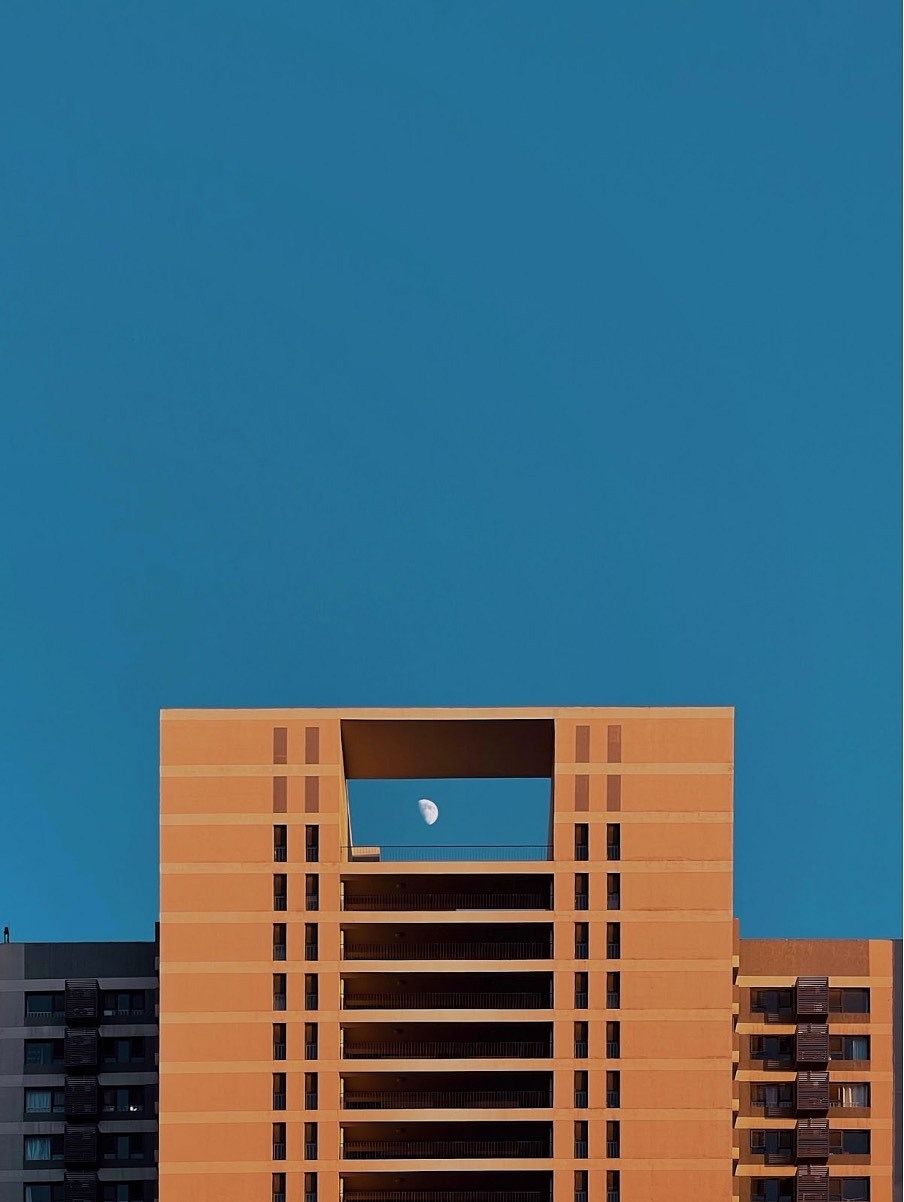

Details
Close-up detail shots of architecture can really help give feeling to a collection of architectural images of a building. Door knobs, tiles, decorative features, windows, facades, columns and steps can add fascinating layers when combined with wide shots and large format images taken at interesting angles. Look for lines and shapes that draw the eye and imagine what the architect was trying to achieve when designing the building.
Tip
Use a tripod or monopod in buildings that don’t allow photographers to use tripods. A monopod or tripod will help stabilize the camera, so you can shoot at a lower shutter speed without having high ISOs. Using a tripod also slows you down helping you to think about framing and composition of the image.
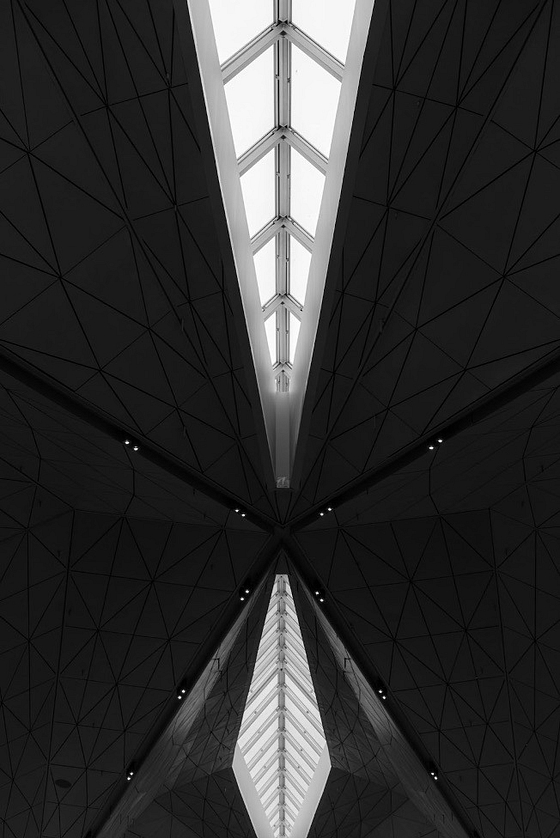
Abstract
Architectural photography lends itself very well to abstract imagery. With colors, shadows, lines, and shapes, you can play around with building interiors and exteriors and create some portfolio-worthy work. Fine art architecture photography should be harmonious, attractive and ascetically pleasing to the eye. It should evoke emotions of pleasure, wonder and surprise.
Tip
Look for flowing shapes, contrasting textures, and leading lines, then zoom in and out and play with composure to creative, imaginative architectural images. Reflections in glass and water can also be worth exploring if you are going for arty abstracts.
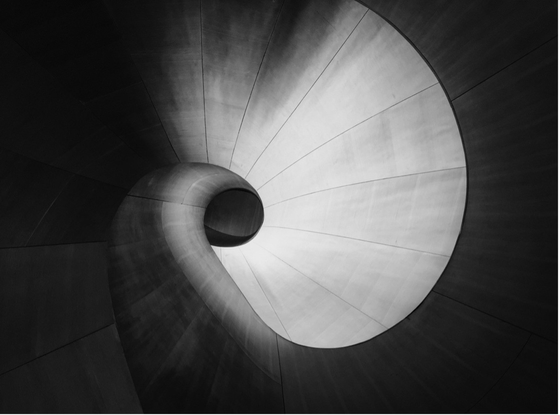
Black and White
Black and white architecture photography is striking and modern. It's not always easy to have a vision of what images will shine when transformed to black and white tones. A trick that is easy and doesn't require much effort is batching the whole collection of images to black and white. If you use Lightroom, you can scroll through and mark the ones that look good and edit them to your liking. Then it is easy to change the others back to color.
Tip
If you are shooting in RAW+Jpeg, you can set up the colour profile of your camera in black and white. It allows you to visualize the black and white picture during the shooting keeping the Raw file in colour for any further modifications of the picture.
We hope this article has inspired you to invest some of your creative time capturing architecture. From historic gems to ultra-modern structures, there are so many architectural scenes worthy of documenting. If you are specializing in a people-based genre of photography, such as weddings or fashion, it can be inspiring and even relaxing to wander around your neighborhood taking photos of buildings.
Change is always positive for creative minds. It could even be a new avenue of income as your great photos turn into works of fine art.
